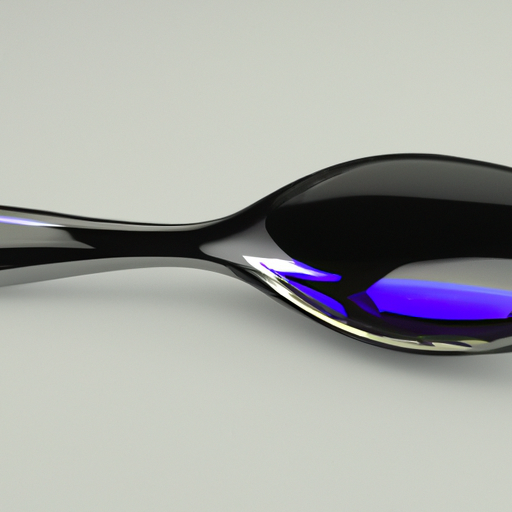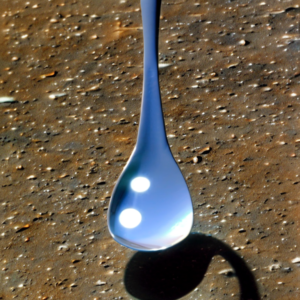
The Science of Spoon Design: How Shape and Material Affect Performance
“Unlock the Secrets of Spoon Design for Optimal Performance!”
Introduction
The Science of Spoon Design: How Shape and Material Affect Performance is an exploration of the design of spoons and how the shape and material of a spoon can affect its performance. This article looks at the history of spoon design, the different types of spoons available, and the various materials used to make them. It also examines the science behind spoon design, including the physics of how a spoon works and the ergonomics of how a spoon should be designed for optimal performance. Finally, the article looks at the various ways in which spoons can be used and how the design of a spoon can affect its performance in different tasks.
Exploring the Physics of Spoon Design: Examining the Impact of Shape and Material on Performance

The design of a spoon is an important factor in its performance. The shape and material of a spoon can have a significant impact on its ability to perform its intended function. In this article, we will explore the physics of spoon design and examine the impact of shape and material on performance.
Shape is an important factor in spoon design. Spoons with a shallow bowl shape are better suited for scooping liquids, while spoons with a deeper bowl shape are better suited for scooping solids. The shape of the handle also affects performance. Longer handles provide better leverage and are better suited for stirring and mixing.
Material is also an important factor in spoon design. Spoons made from metal are more durable and better suited for stirring and mixing. Spoons made from plastic are lighter and better suited for scooping liquids. Wooden spoons are better suited for scooping solids.
The physics of spoon design can also be affected by the properties of the material used. For example, metal spoons are better suited for stirring and mixing because they are more rigid and have a higher thermal conductivity. Plastic spoons are better suited for scooping liquids because they are lighter and have a lower thermal conductivity. Wooden spoons are better suited for scooping solids because they are more flexible and have a higher thermal conductivity.
In conclusion, the shape and material of a spoon can have a significant impact on its performance. Spoons with a shallow bowl shape are better suited for scooping liquids, while spoons with a deeper bowl shape are better suited for scooping solids. Metal spoons are better suited for stirring and mixing, while plastic spoons are better suited for scooping liquids. Wooden spoons are better suited for scooping solids. The properties of the material used can also affect the performance of a spoon. By understanding the physics of spoon design, we can better understand the impact of shape and material on performance.
Engineering Considerations for Spoon Design: Optimizing Shape and Material for Optimal Performance
Engineering considerations for spoon design are essential for optimizing shape and material for optimal performance. The design of a spoon must take into account the intended use, the material properties, and the manufacturing process.
Shape is an important factor in spoon design. The shape of the spoon should be ergonomic and comfortable to use. The shape should also be designed to maximize the spoon’s ability to scoop and hold food. The shape should also be designed to minimize the risk of food spilling or dripping.
Material selection is also important for spoon design. The material should be strong and durable enough to withstand the intended use. It should also be non-toxic and safe for food contact. The material should also be easy to clean and maintain.
The manufacturing process is also an important consideration for spoon design. The manufacturing process should be designed to produce a spoon with consistent quality and performance. The manufacturing process should also be designed to minimize waste and maximize efficiency.
By taking into account the intended use, material properties, and manufacturing process, engineers can design spoons that are optimized for performance. By carefully considering these factors, engineers can create spoons that are comfortable to use, safe for food contact, and efficient to manufacture.
Conclusion
The Science of Spoon Design: How Shape and Material Affect Performance has shown that the shape and material of a spoon can have a significant impact on its performance. Different shapes and materials can be used to optimize the spoon for different tasks, such as stirring, scooping, and eating. The right spoon can make a big difference in the user’s experience. With the right design, spoons can be made to be more efficient, comfortable, and enjoyable to use.

